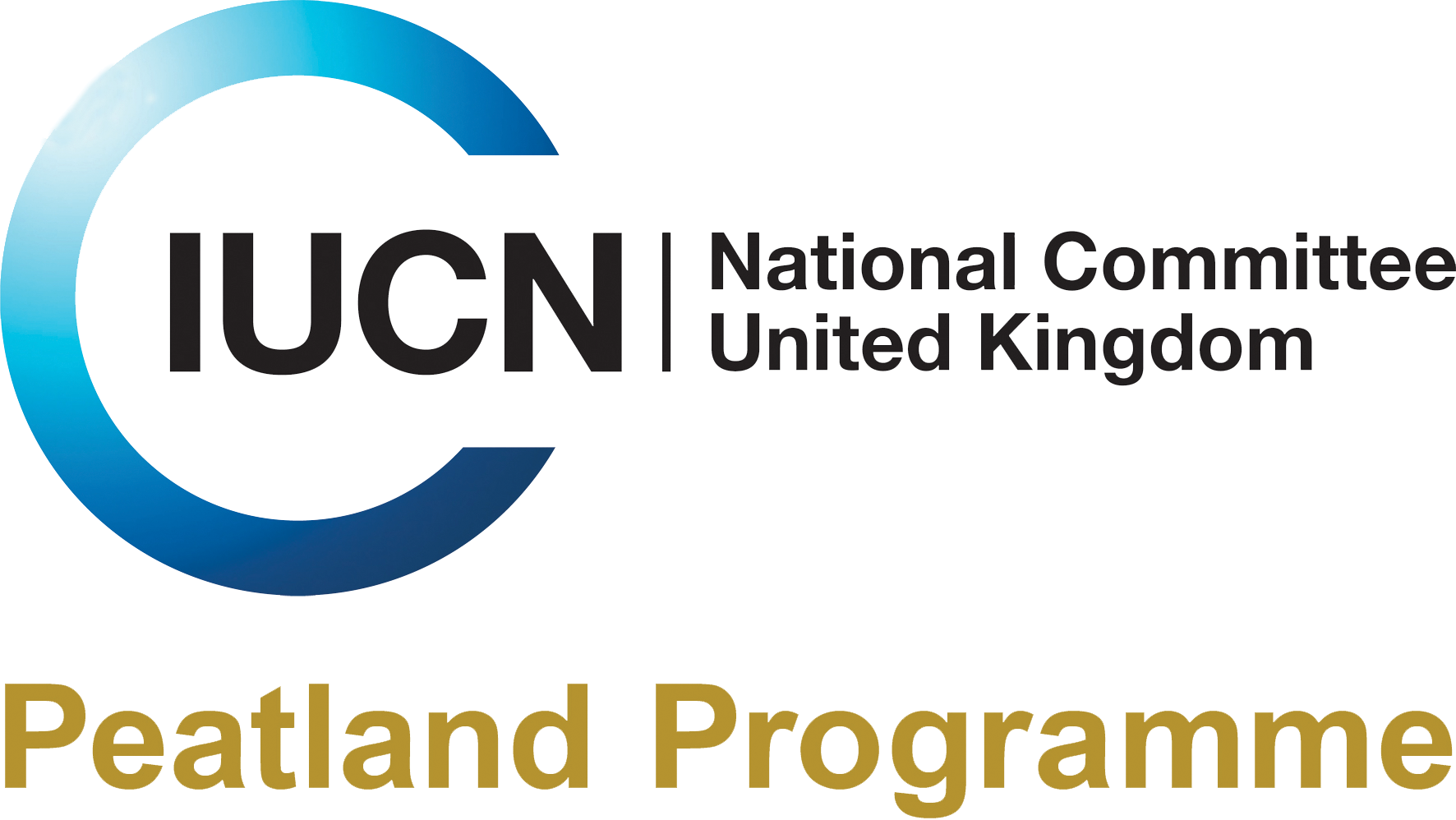Marches Mosses BogLIFE Project and Australian Wetlands Collaboration puts Arts Council England Funding to Work
Mosses and Marches: Exciting new international collaboration - as seen through the eyes of artists - questions how we think about and value natural environments through works centred on the raised…
